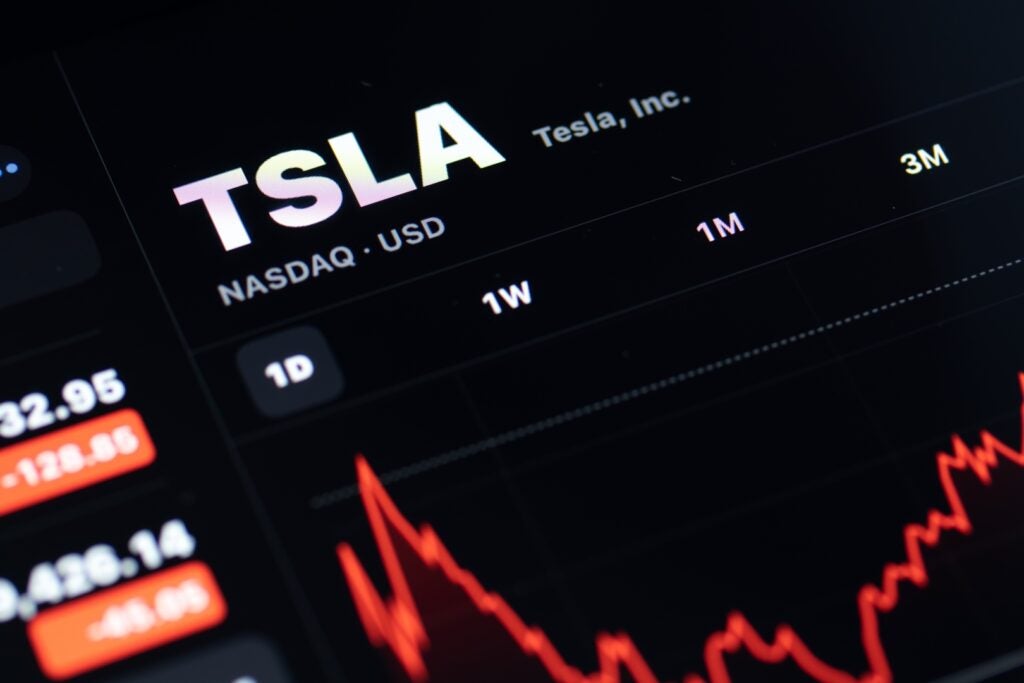Tesla, Inc. TSLA shares fell sharply on Thursday following the release of the company’s fourth-quarter results and made a marginal recovery on Friday. With the stock trading in the oversold zone, is it attractive at current levels?
What Happened: Tesla settled Thursday’s session down 12.13% at $182.63, according to Benzinga Pro data. This marked the lowest level since May 25, 2022. The stock rebounded by 0.34% on Friday before ending at $183.25.
The 14-day relative-strength index of the stock is currently in an area suggesting oversold levels.
Chart Courtesy of Benzinga
See Also: Everything You Need To Know About Tesla Stock
In a post on X on Friday, Stocktwits shared a chart showing that, with the pullback, Tesla’s stock has followed a long-term upward trending line. According to the chart, which traces back to the start of 2020, every time the stock crashed, formed a long-tailed candle and hit this trendline, it has bounced back with vigor.
A long-tailed candle suggests rejection of lower prices.
Why It’s Important: Tesla faces a near-term deceleration without any meaningful catalysts, although vehicle price cuts and increases have created occasional flutter. First-quarter deliveries update due in early April — or any update regarding the company’s next-gen electric vehicle, the timeline of the Giga Mexico factory or a launch in India — could move the stock in the near term.
Following the fourth-quarter earnings release, analysts have dropped their estimates for the company and price targets for the stock. Despite the downward price target adjustments, the average analysts’ price target of $222.36, based on data compiled by TipRanks, suggests upside potential of over 21%.
Photo: Shutterstock
Image and article originally from www.benzinga.com. Read the original article here.

